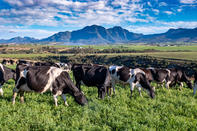
Mark Your Animals
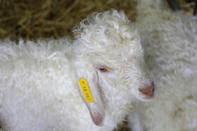
Count Animals
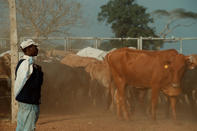
Animals should be regularly counted to identify losses and potential problems. The National Stock Theft Forum advices farmers to do so at least once a week, if it cannot be done every day.
Farmers should preferably count the animals themselves, but if this is not possible do regular spot checks to ensure the numbers are correct.
Lost animals and attempted thefts should be reported to the police immediately. The longer you wait the harder it gets to follow-up evidence and catch the thieves. Animals that do not belong to you should also be reported to the police and neighbouring farmers.
You do not want thieves to use your premises as a place to hide their booty, or worse yet be implicated as an accomplice or thief.
Record-keeping
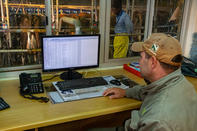
Stock Trading
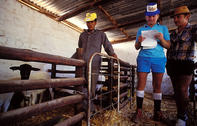
New owners need to be given documents of identification that contain the name and surname of the previous owner, the name and address of the buyer and seller and the date of the transaction. The buyer should keep this document for a year as proof of purchase.
Traders or auctioneers need certification to prove they may sell livestock on the owner's behalf. The date of authorisation should be recent and include details about the breed or type of stock, the number of stock, the identification mark, the sex, and also the colour of the stock if not marked in the prescribed manner.
Transportation
Transporters and conveyers need a removal certificate unless the stock is transported via a public road going through your own land.
The certificate should contain the name and address of the person who issued the certificate, the name and address of the owner of the stock, the place from where and to which the stock is being transported, the name of the driver, the date of issue and if applicable information about the transport vehicle.
The breed or type of stock and identification mark; male/female, number and colour of the stock, if not marked in the prescribed manner, should also be mentioned.
Report Cases
Farmers often do not report stock theft, because of the enormous schlep and time it takes to do so. Reporting cases is important, not only to capture perpetrators, but also because it will result in the industry having a more accurate picture of the seriousness of stock theft, which in turn may lead to the government making more resources, in terms of manpower and equipment, available to combat this crime. Also remember that the sooner a case is reported, the better the chances of the perpetrators being caught.Testify
